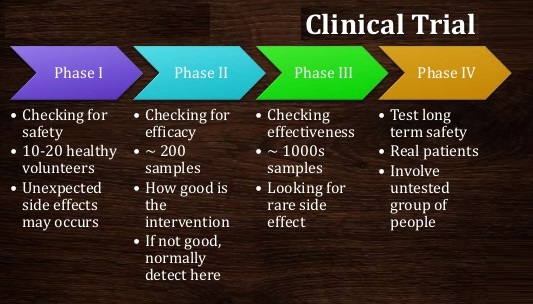The Cutting Edge of Medical Technology Content, Community & Collaboration
Good Clinical Practice (GCP) is a set of international standards meant for entities that conduct clinical trials. This set of standards, formulated by the International Conference on Harmonization (ICH), when implemented into clinical trials involving human subjects, seeks to ensure the protection of the humans involved in the research, as well as to bring about transparency in the methods of clinical practice. The efficacy and safety of the clinical product these trials seek to produce is another of the desired outcomes of GCP. GCP has been formulated to set standards and protocols that ensure the efficacy of the therapies into a larger population. The most important aim of GCP is to ensure that the data clinical trials generate, in meeting scientific standards, are:
- Accurate
- Verifiable
Now, the challenges associated with GCP implementation
The intention behind the formation of GCP guidelines is beyond suspicion. No person in his or her right mind can argue about the beneficial intent of these guidelines. This said, there are a few challenges associated with GCP implementation. A look at some of the things nobody tells you about GCP before you get started:
Interpretation of the documents
The first important aspect of GCP nobody tells you about pertains to interpretation. This is at the heart of challenges concerning GCP. Good Clinical Practice is an exact science whose practice is open to subjectivity. This is one of the major oxymoronic aspects of GCP. This is because while GCP sets out the standards that clinical sites are required to comply with; it does not state which method to adapt. These standards are codified and located in multiple locations of the GCP standard, which means that those involved in research have to tome over absolutely every bit of the standard before getting down to researching.
 https://compliance4all14.files.wordpress.com/2018/09/principle-of-good-clinical-practice-4-638.jpg?w=150 150w, https://compliance4all14.files.wordpress.com/2018/09/principle-of-g... 300w" sizes="(max-width: 533px) 85vw, 533px" />
https://compliance4all14.files.wordpress.com/2018/09/principle-of-good-clinical-practice-4-638.jpg?w=150 150w, https://compliance4all14.files.wordpress.com/2018/09/principle-of-g... 300w" sizes="(max-width: 533px) 85vw, 533px" />
As a first step, in the US, the clinical site starting the research has to obtain clearance for this research by signing what is called Form 1572, which is an FDA form in which the investigator has to state all the intent, scope, SOPs, and all other such aspects of the trial. To do this, the Principal Investigator (PI) should read the document upside down, in a manner of speaking, because this is the clearest guideline to what the research is going to do. Although not impossible or unachievable, this aspect of clinical trials is a challenge nevertheless.
If You missed this Nobody can tell you again https://goo.gl/9AYh8x
Views: 18
Comment
© 2026 Created by CC-Conrad Clyburn-MedForeSight.
Powered by
![]()
You need to be a member of MedTech I.Q. to add comments!
Join MedTech I.Q.